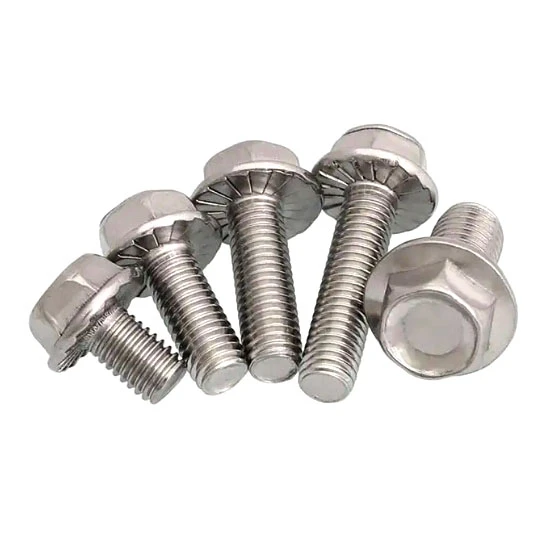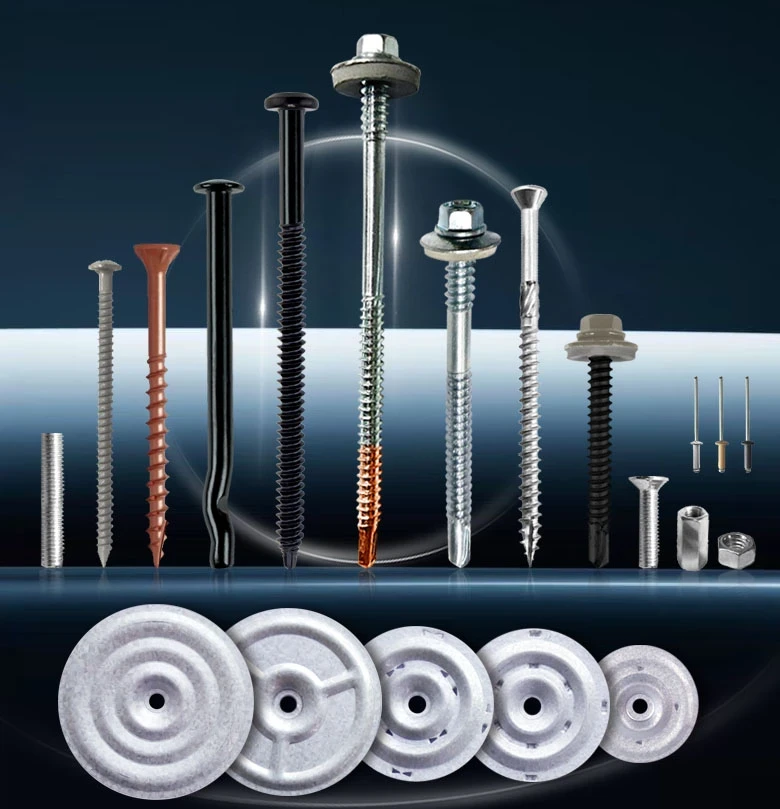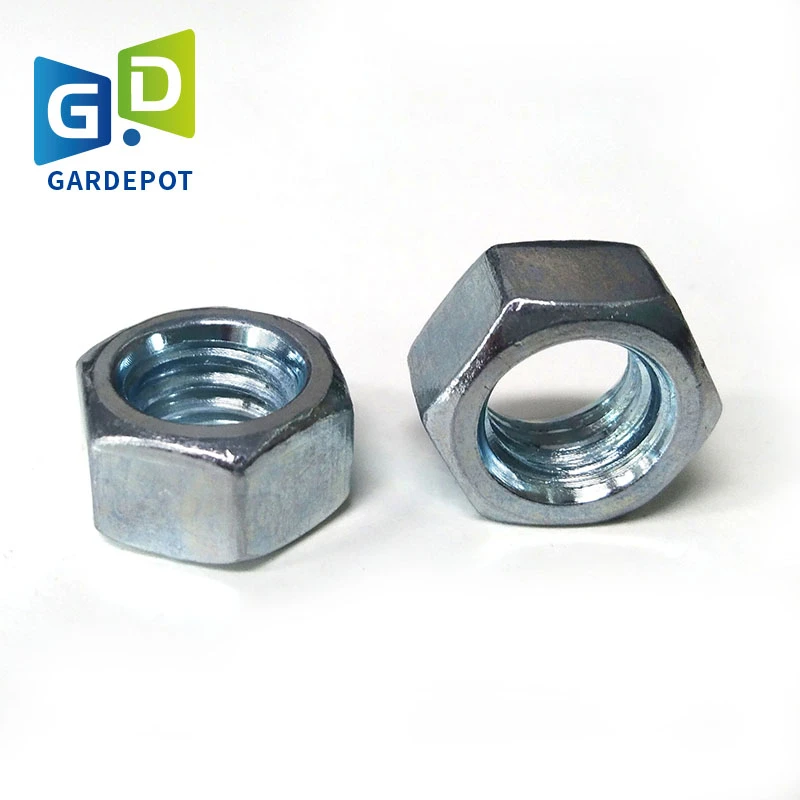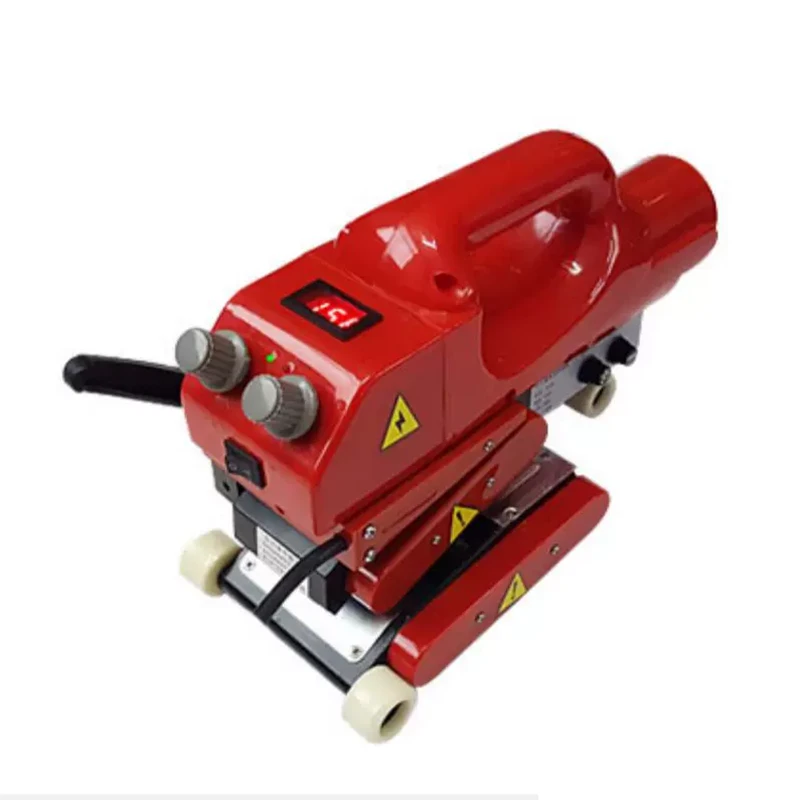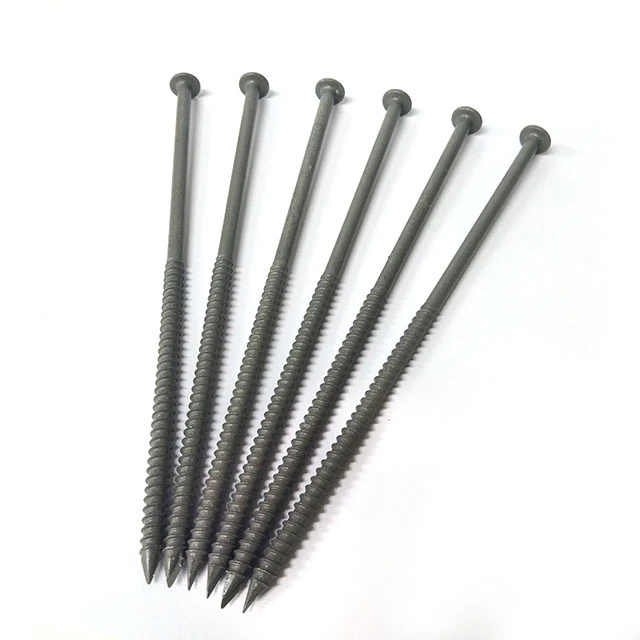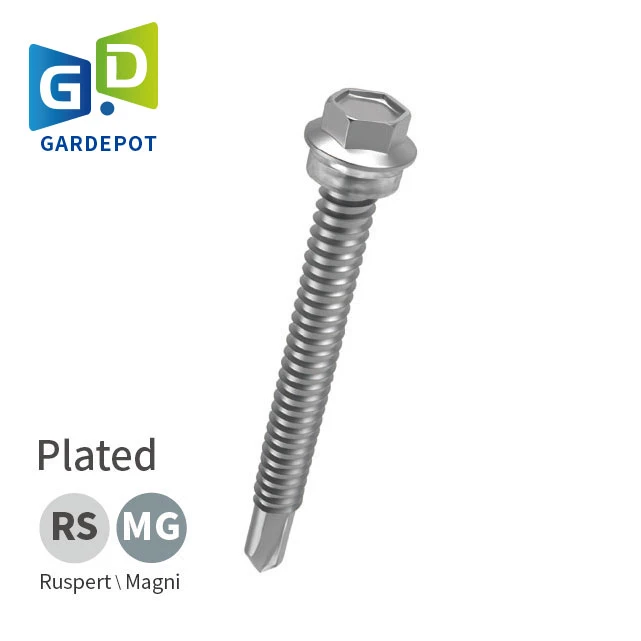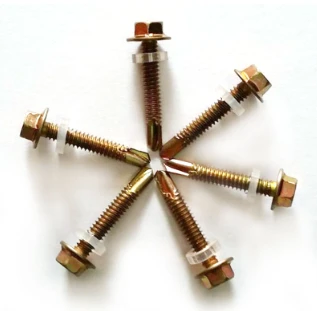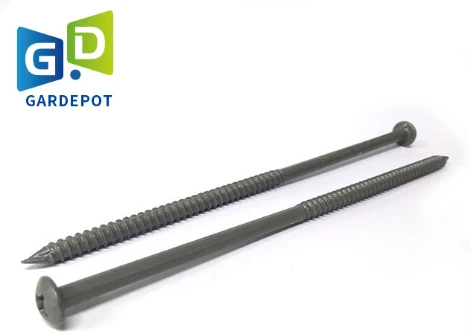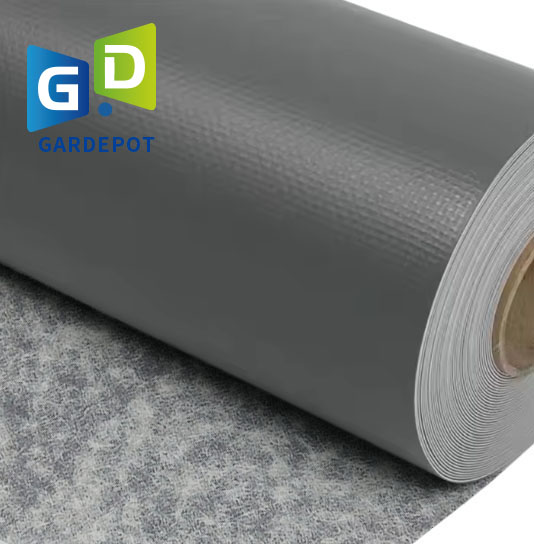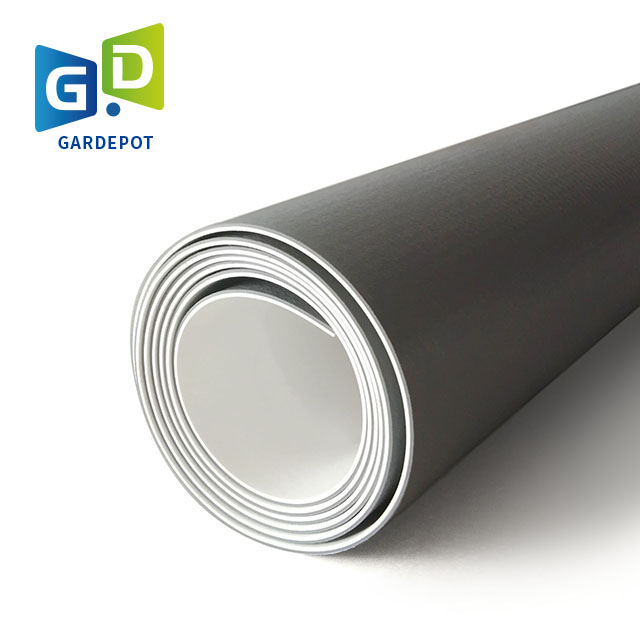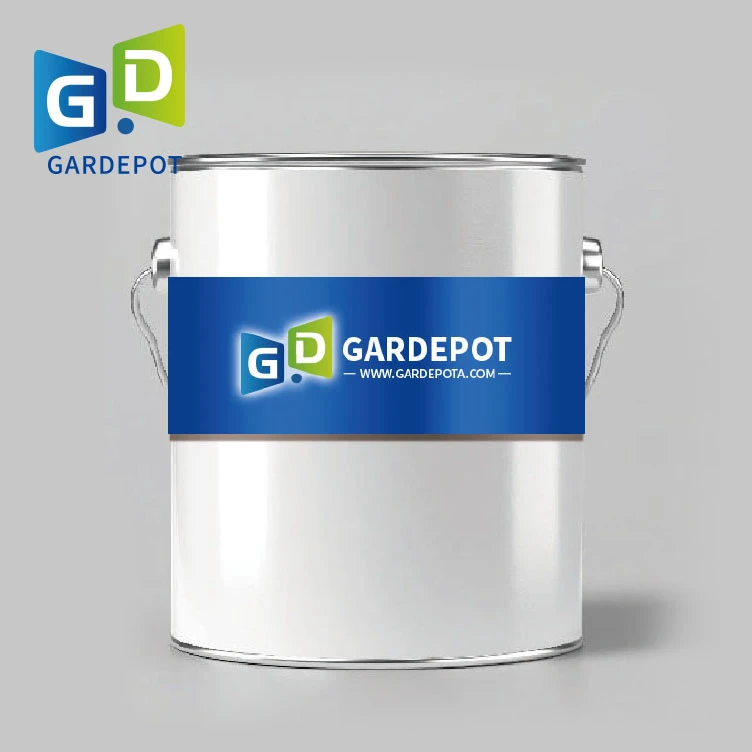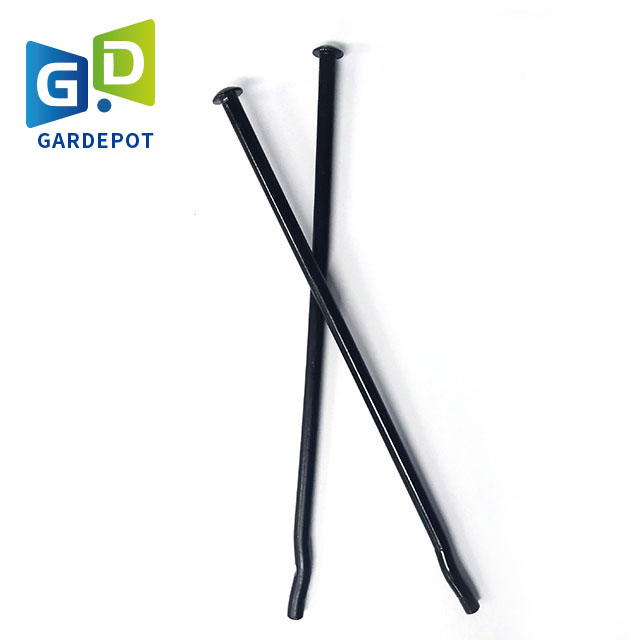different types of metal nuts
different types of metal nuts
Metal nuts play a critical role in a multitude of industries, providing essential fastening solutions for various applications. Understanding the different types of metal nuts, their specific uses, and the materials they are made from is vital for professionals across manufacturing, construction, and other fields. Here is an in-depth look at some of the most common and specialized metal nuts, emphasizing their unique features and ideal applications.
Square nuts offer a four-sided alternative to the more conventional hex nuts, providing a larger surface bearing area for increased resistance to loosening. Their unique shape makes them suitable for situations where tools like spanners or pliers need to grip the nut sides easily. Historically used in vintage vehicles and machinery, square nuts are making a comeback in certain sectors looking for a broad distribution of tension forces. T-Nuts, or Tee nuts, feature a unique design that allows them to be inserted from below the material, creating a flush and strong attachment point. Used extensively in woodworking and composite materials, T-nuts are perfect for scenarios where the aesthetic finish and secured fastening are required. Their material choices range from zinc-plated steel for cost efficiency to stainless steel for higher corrosion resistance in demanding environments. Acorn nuts, distinguished by their domed shape, serve dual purposes providing a finished look to exposed bolt threads and protecting those threads from damage and corrosion. This makes acorn nuts popular in applications such as decor and furniture assembly. They are often used when aesthetic considerations are essential as well as in environments exposed to moisture where additional protection of threaded components is needed. Material selection is crucial for the performance of metal nuts. Stainless steel offers excellent corrosion resistance, making it ideal for marine and high-moisture environments. Carbon steel provides substantial strength for high-load applications, while alloys can be selected to provide specific mechanical properties, such as heightened wear resistance. In conclusion, the diverse array of metal nuts offers solutions tailored to meet the specific demands of different applications. Understanding the subtleties of each type informs not only the appropriate choice of fastener but also ensures long-term performance and reliability. This expertise is invaluable for industry professionals seeking to design and implement efficient, durable, and safe assemblies.
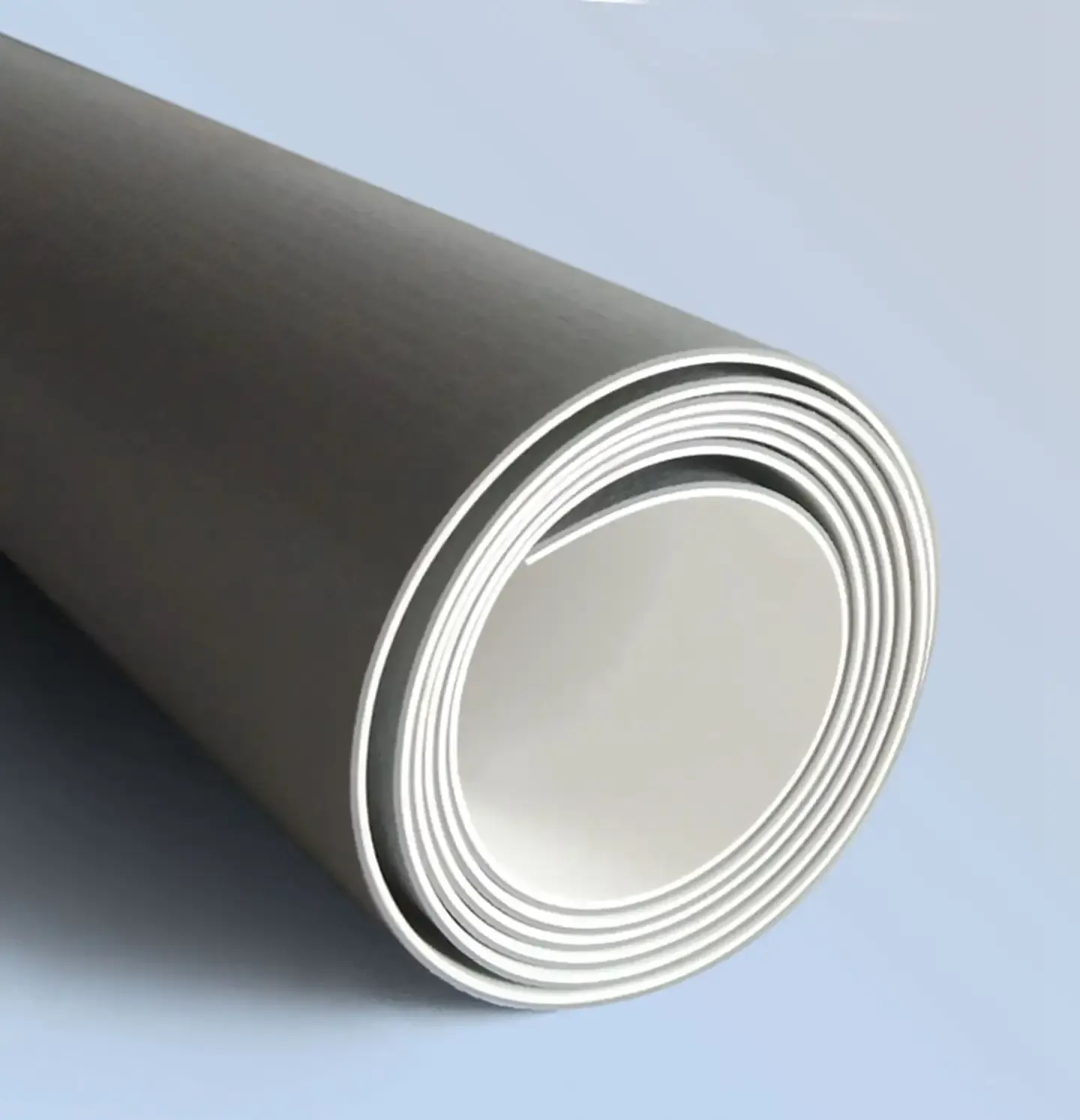

Square nuts offer a four-sided alternative to the more conventional hex nuts, providing a larger surface bearing area for increased resistance to loosening. Their unique shape makes them suitable for situations where tools like spanners or pliers need to grip the nut sides easily. Historically used in vintage vehicles and machinery, square nuts are making a comeback in certain sectors looking for a broad distribution of tension forces. T-Nuts, or Tee nuts, feature a unique design that allows them to be inserted from below the material, creating a flush and strong attachment point. Used extensively in woodworking and composite materials, T-nuts are perfect for scenarios where the aesthetic finish and secured fastening are required. Their material choices range from zinc-plated steel for cost efficiency to stainless steel for higher corrosion resistance in demanding environments. Acorn nuts, distinguished by their domed shape, serve dual purposes providing a finished look to exposed bolt threads and protecting those threads from damage and corrosion. This makes acorn nuts popular in applications such as decor and furniture assembly. They are often used when aesthetic considerations are essential as well as in environments exposed to moisture where additional protection of threaded components is needed. Material selection is crucial for the performance of metal nuts. Stainless steel offers excellent corrosion resistance, making it ideal for marine and high-moisture environments. Carbon steel provides substantial strength for high-load applications, while alloys can be selected to provide specific mechanical properties, such as heightened wear resistance. In conclusion, the diverse array of metal nuts offers solutions tailored to meet the specific demands of different applications. Understanding the subtleties of each type informs not only the appropriate choice of fastener but also ensures long-term performance and reliability. This expertise is invaluable for industry professionals seeking to design and implement efficient, durable, and safe assemblies.

